Bushmeat
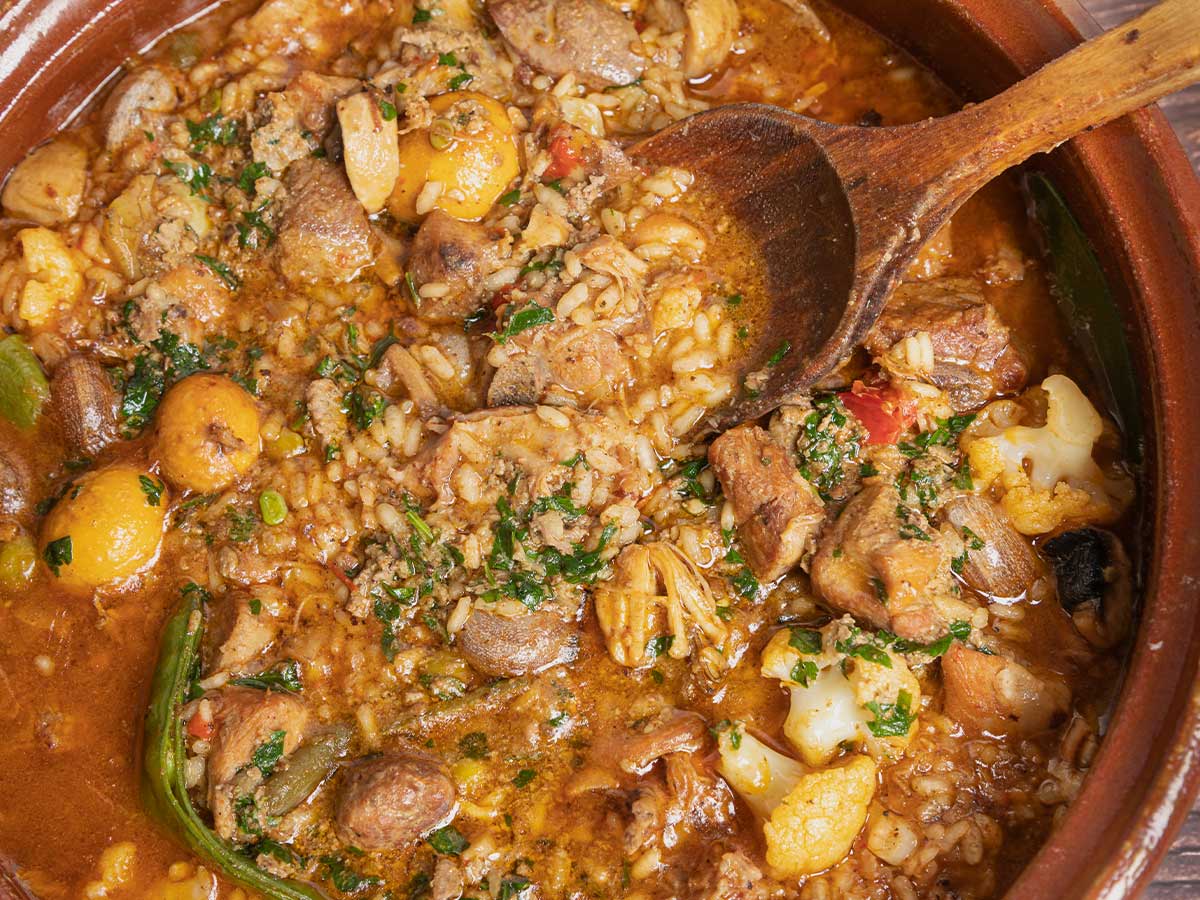
Bushmeat doesn't refer to a specific animal. Instead, it's a catchall term for the meat of various wild animals typically found in Africa. While bushmeat can be an important source of protein for groups struggling to find other food, eating bushmeat is not without its risks, which is why it is banned in the United States.
Primarily, bushmeat is illegal in the United States due to fears of Ebola. While the virus does not spread via food, it can spread via the processing and cooking of bushmeat. Additionally, bushmeat may contain other foodborne viruses. The CDC is serious about this ban, and you can be hit with a $250,000 fine for importing it.
Black Pudding

While it is indeed possible to find black pudding in some areas of the United States, it’s illegal to import authentic black pudding from its native land of Scotland. Variants of the dish can be found across the globe, which consists of congealed blood and filler inside of sausage casings.
Like its Scottish cousin, haggis, authentic blood pudding is illegal to import into the United States due to the presence of sheep lung, which has been banned for decades in the States. If you want to try the real deal, you're going to have to schedule a vacation to the British Isles!
Foie Gras
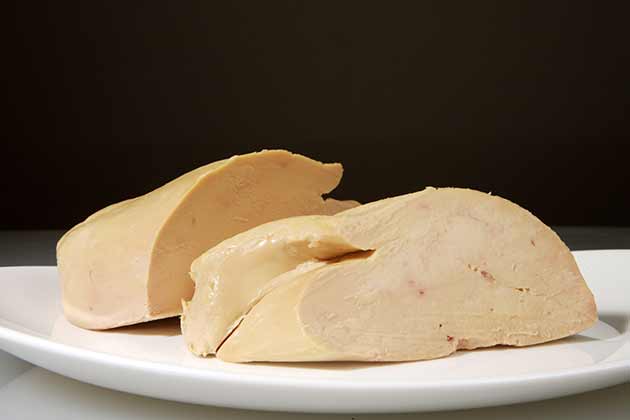
While there is no blanket ban on foie gras in the United States, several individual states have laws banning its sale, such as California. Critics of the decadent French dish (which is a fatty duck liver) argue that the force-feeding necessary to increase fat content in the animals is cruel and inhumane.
And it's not just the United States that has begun to ban or restrict this French dish. In 2014, India became the first country to outright ban the importation of the dish. Other countries, like Australia, have regulations against the production of foie gras while still keeping it legal to import.
Shark Fin Soup
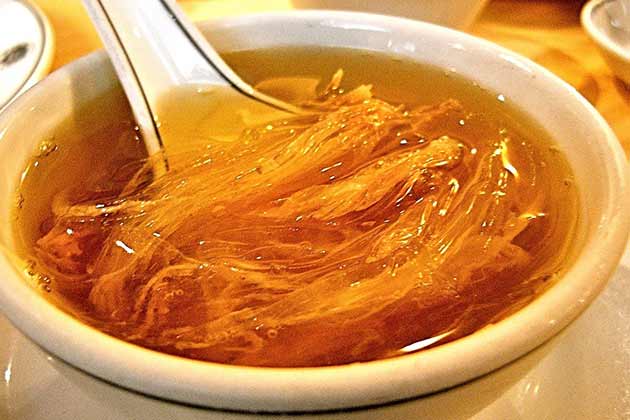
While shark fin soup is a common dish in China, its sale and consumption are illegal in certain states in the United States. This is largely because of the cruel method of obtaining the fins, which involves removing them and tossing the sharks back into the ocean. However, it's not a blanket ban.
Only twelve states have laws that prohibit the sale of shark fins, but there is a blanket ban across the country that's been in place since 2000, which prohibits the harvesting of shark fins. If you're in the States, you're going to have a hard time getting your hands on a legally obtained bowl of this Asian delicacy.
Puffer Fish

Puffer fish is strictly regulated in the United States. Chefs must undergo extensive training to handle the fish, which means that restaurants that serve it in the US are a rarity. This is largely because, if prepared incorrectly, puffer fish can be deadly poisonous, and there’s currently no known antidote.
Despite the incredible danger, puffer fish is still considered to be a delicacy and the pinnacle of all sushi fish. If you're brave enough to try this dish, you're definitely going to want to do your research and find a chef that has enough experience to prepare this dish in his sleep.
Horse Meat
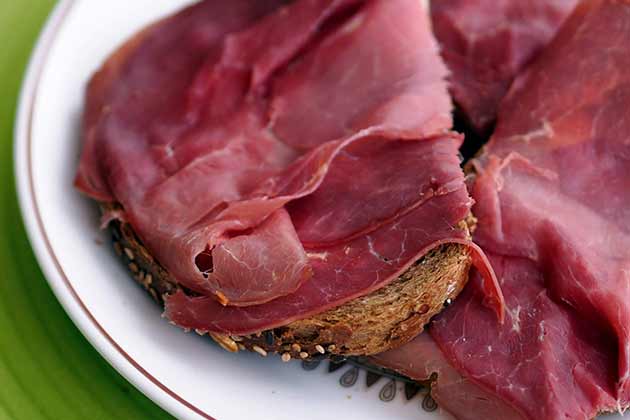
Consuming horse meat is technically not illegal in the United States. But on a practical level it has been prohibited since the slaughter of horses is a crime. Unless you plan on chowing down on a live horse, you’re out of luck. But America is an outlier when it comes to horse.
Across the globe, horse meat is eaten without prohibition or taboo. In particular, China is one of the largest producers and consumers of horse meat. However, it doesn't seem like this culinary trend will be catching on in the United States any time soon, especially with the restrictions surrounding horse meat.
Queen Conch
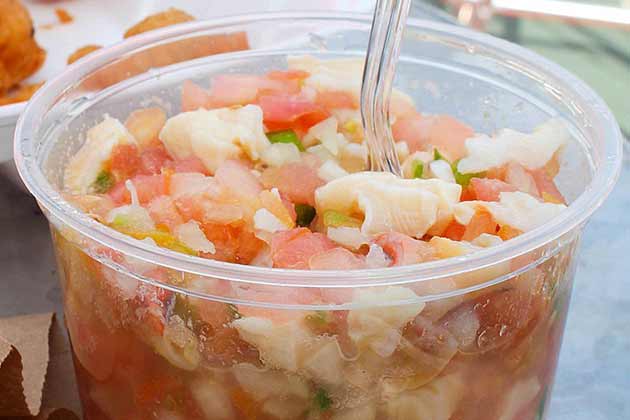
While the beautiful queen conch is widely available in the Caribbean, it’s illegal to fish for them in federal waters controlled by the United States. In addition to being eaten, these mollusks are often used for decorative purposes as well. This is one dish that's going to be hard to find in the states.
But is there even a huge demand for the queen conch in the United States? Aside from some coastal regions, has a landlocked American ever had a hankering for a sea snail? It seems like one of those dishes you try once just to say you did it, but it really doesn't sound appetizing at all.
Mangosteen
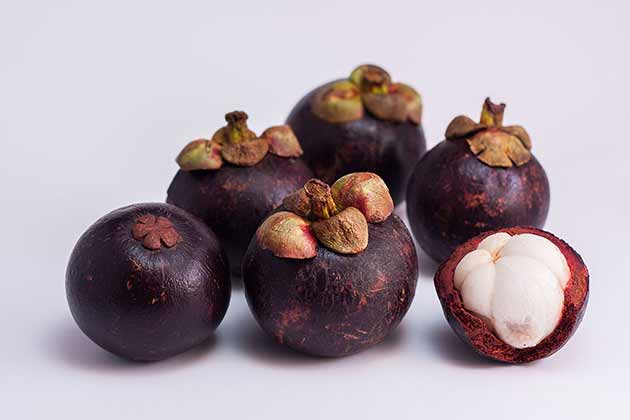
Mangosteen is a popular fruit in Thailand, but until 2007, its import to the United States was completely banned. This was due to fears of bringing the Asian fruit fly into the country. While imports are now allowed, all mangosteen must be irradiated to remove the risk of flies.
However, it's also possible to get American-grown varieties of this unique-looking fruit, as it's cultivated in both Florida and Puerto Rico. In addition to being used as a fruit, the mangosteen is also a natural fabric dye and has been used in traditional medicine throughout south Asia.
Chilean Sea Bass
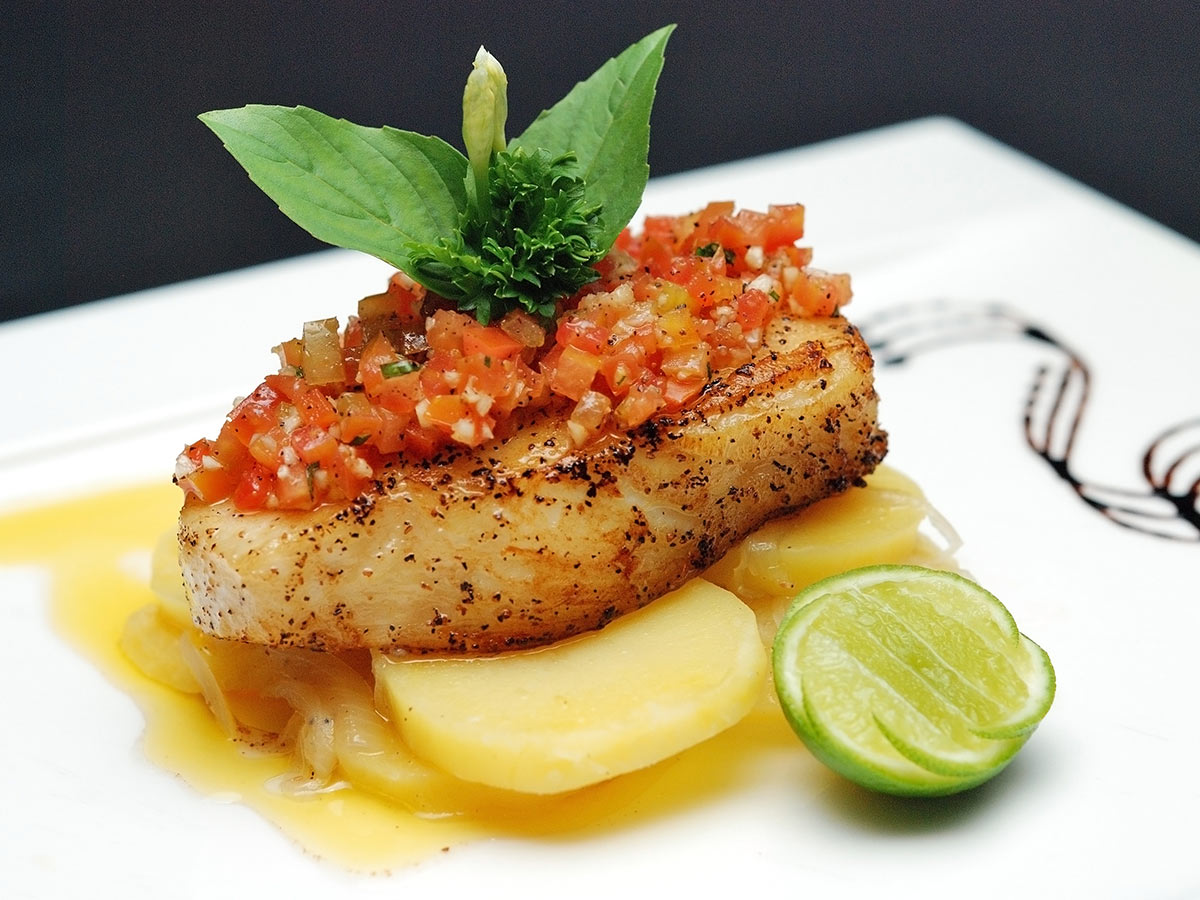
You might recognize it as "Chilean Sea Bass" on menus, but scientists refer to this creature as a toothfish. While there are no known health risks to eating this delicious fish, it's still pretty hard to get your hands on, as its very strictly regulated in the United States.
The reason for this excessive caution is the fear of overfishing the Chilean sea bass. The number of fish caught per boat is strictly regulated, and none can get imported without certification from the FDA. While it's not completely banned in the country, it can be a real pain to get it into the USA.
Tonka Beans
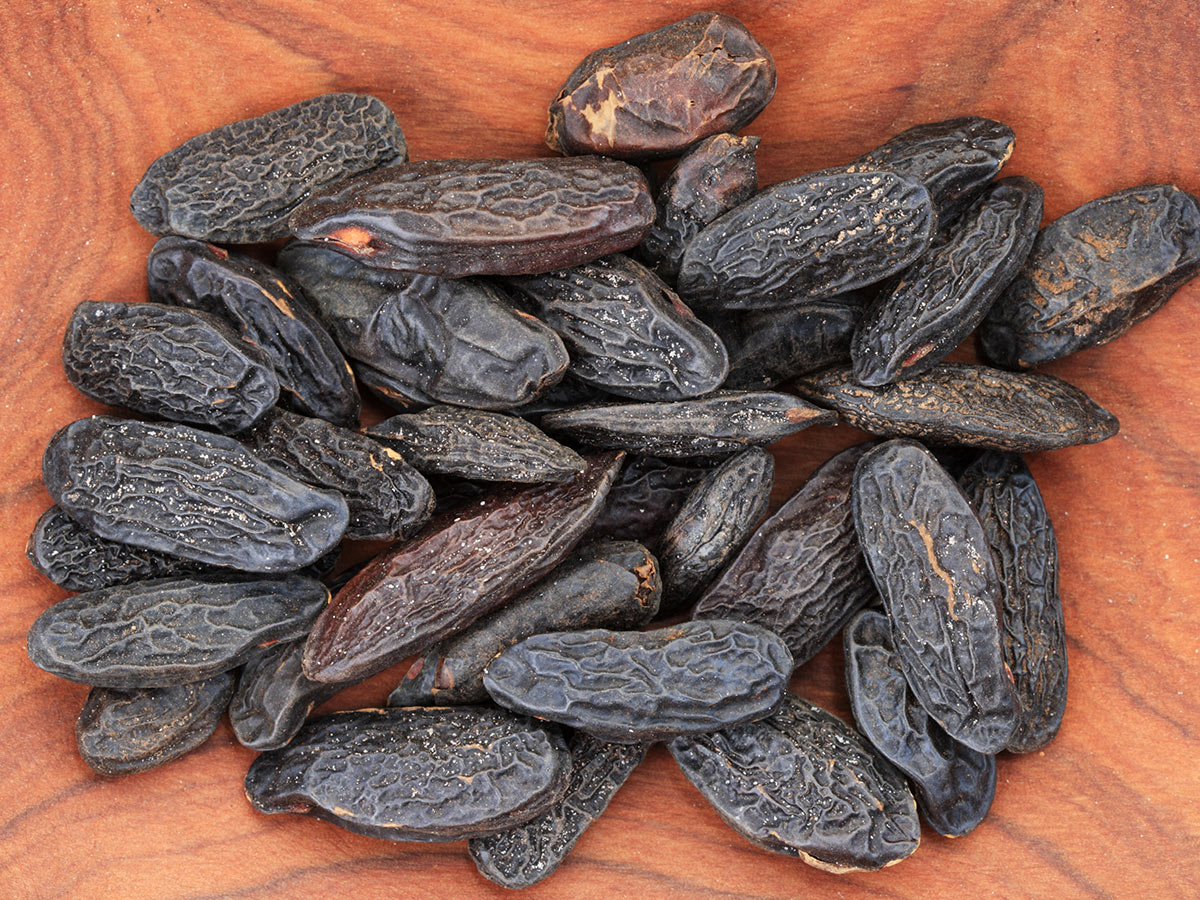
If you've never heard of tonka beans before, it's probably because they've been banned from being imported into the United States since 1954. Despite their ban, some brave souls have snuck them into the country over the years because of their heavy and pleasant scent that's similar to vanilla.
So what's the big deal with these fragrant beans? The tonka bean has a high concentration of the chemical compound coumarin. While this compound is safe to ingest at low levels, it can lead to liver issues or even liver failure when large amounts are ingested. All that being said, despite the high concentration relative to other foods, the coumarin in tonka beans is not enough to cause these problems.
Mustard Oil
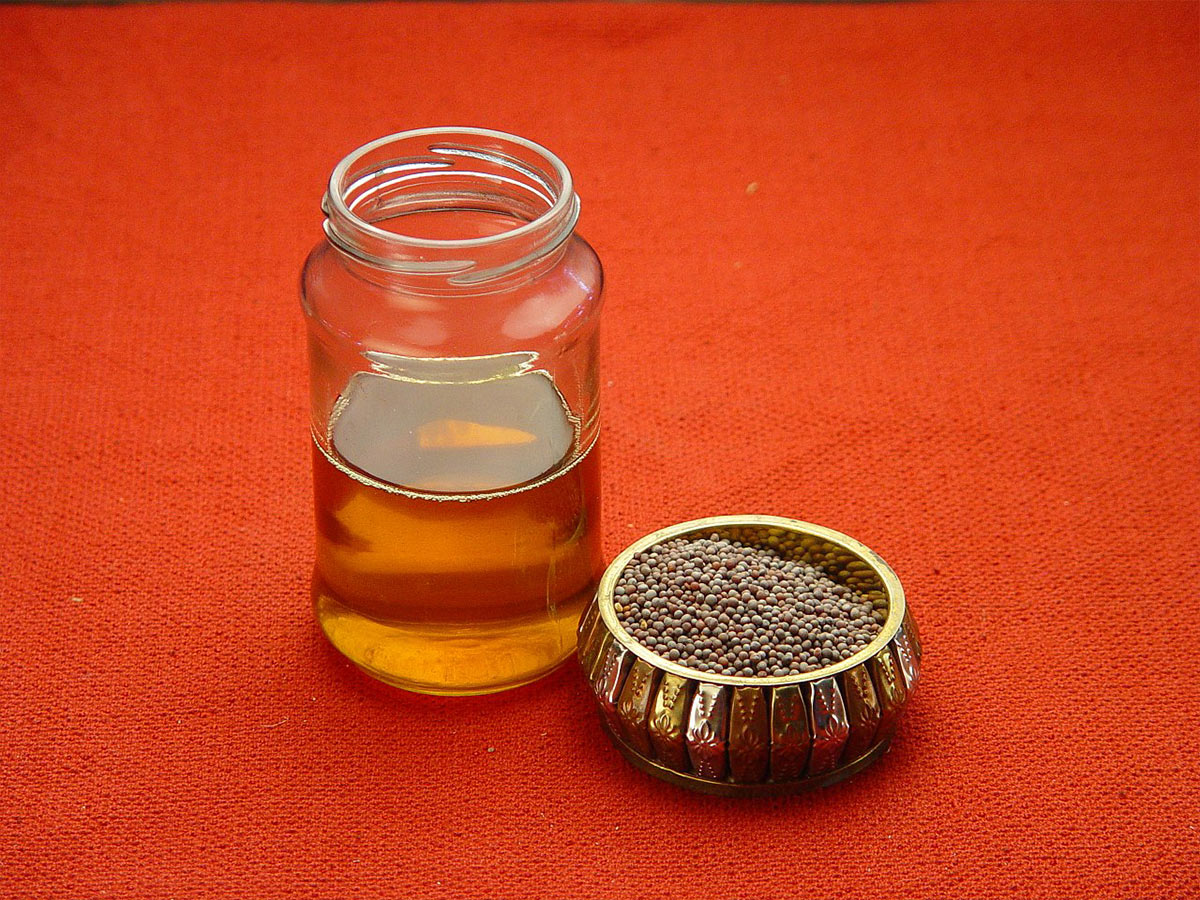
Mustard oil is not a popular cooking ingredient in the United States, but it's been used in traditional Indian cooking for centuries. Its concentrated mustard flavor packs a major punch, so it's best to use it sparingly. It might also be smart to use it sparingly because it contains high levels of erucic acid, which has potentially been linked to heart problems.
For this reason, the United States has banned mustard oil for cooking purposes. However, that doesn't mean you won't see it in the states. Though mostly relegated to Indian and other ethnic grocery stores, it is available for purchase but with a big "For External Use Only" warning sign on the bottle. Whether you heed that advice is up to you.
Bird Nest Soup
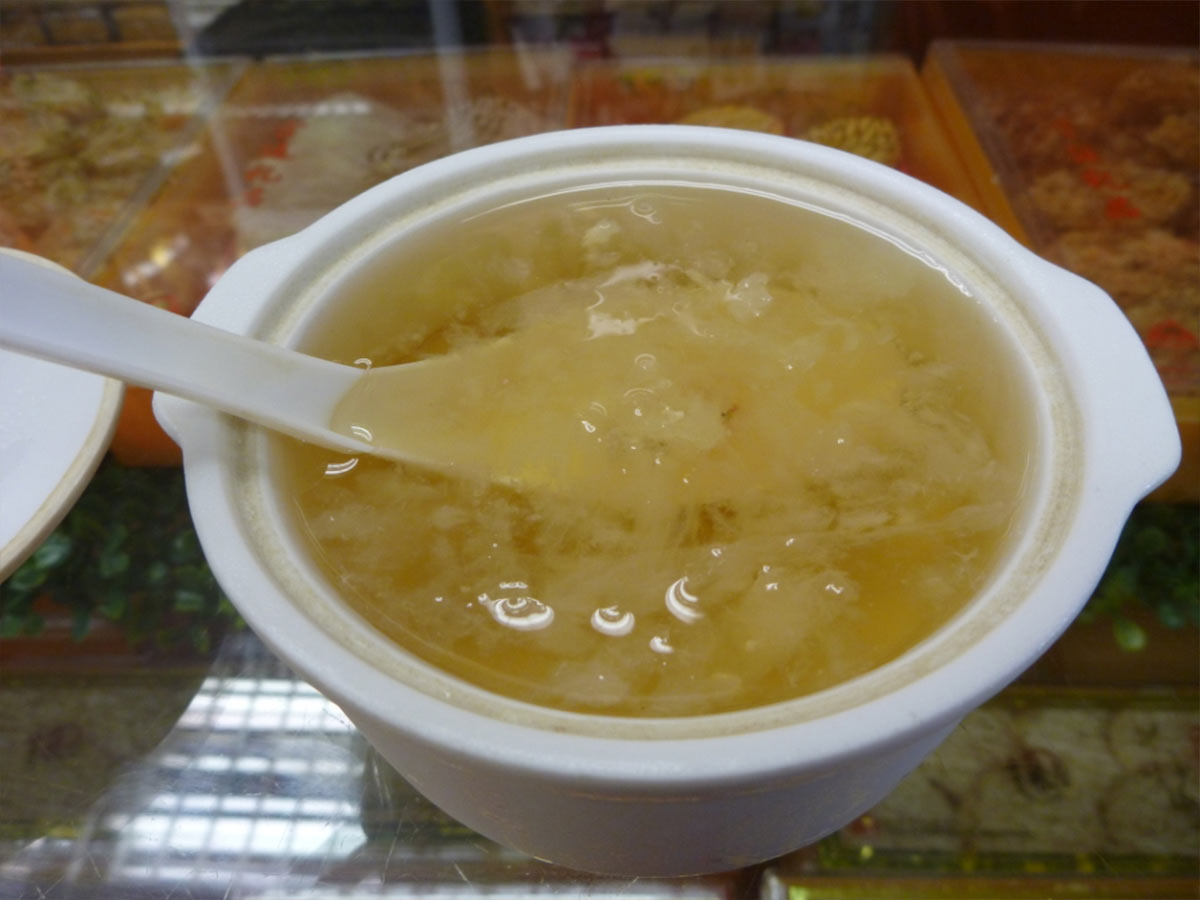
There are some major cultural divides when it comes to food, and one of the most unusual is bird nest soup—made from real bird nests created by the Indian swiftlet. In America, eating a bird's nest seems ridiculous, but this exclusive dish has been a delicacy in China for a very long time.
If you did ever get a hankering for bird nest soup and you live in the United States, you're probably out of luck unless you can find someone illegally importing and serving it. The main reason it's been banned is because of the fear of spreading bird flu. However, our neighbors to the north in Canada allow it (with restrictions) if you absolutely must try it.
Epoisses Cheese
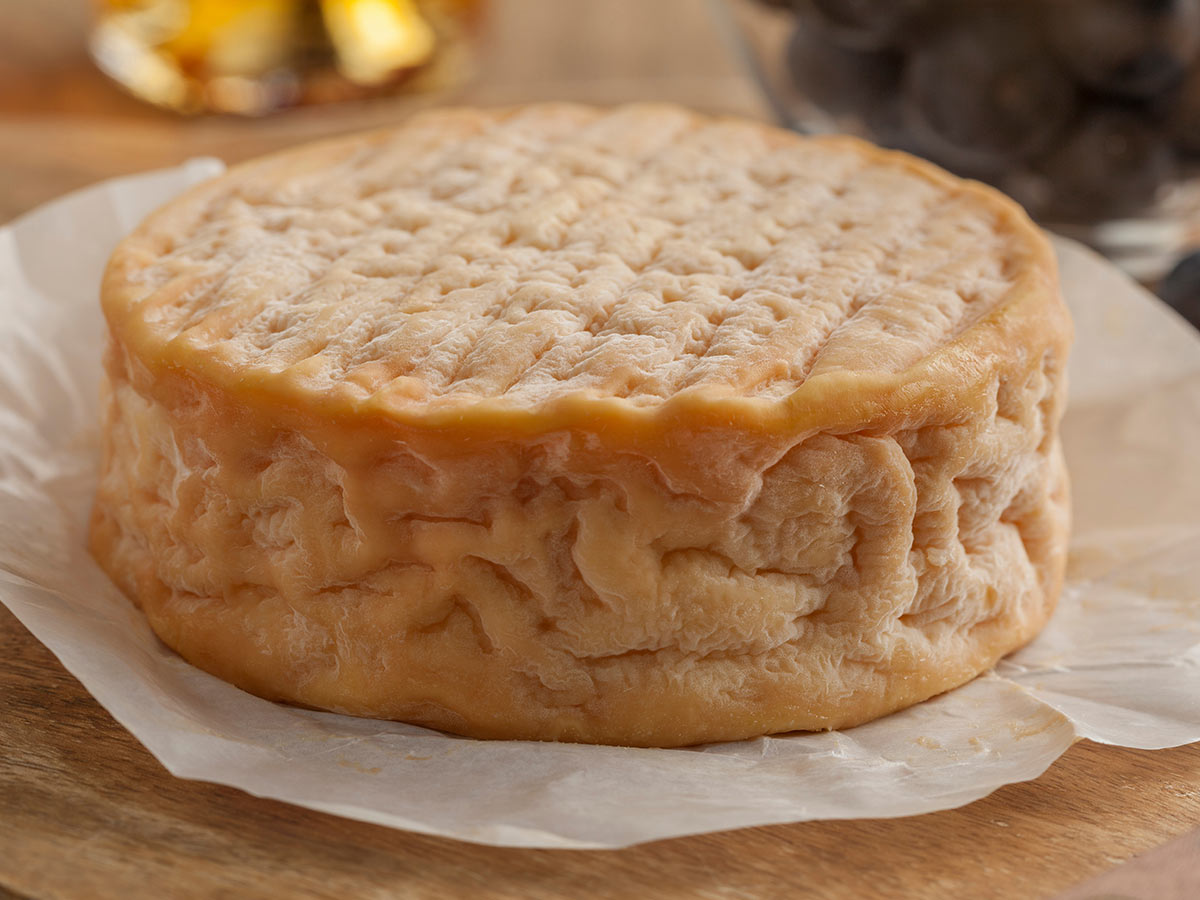
No one does cheese like France, no matter what Italy might have to say about the matter! While there are plenty of delicious and pungent cheeses that get imported from France into the United States all the time, there is one variety you won't see on American grocery shelves: Epoisses.
Its ban has everything to do with how the cheese is created. It's made using raw milk that's only aged for 60 days, and America is much less copacetic about that kind of stuff than Europe is. If you ever find yourself in France, give it a try because you won't be finding it here!
Swan

Has anyone ever woken up and thought, "I could really go for some swan"? Probably not, but if that describes you, you better be careful what breed you'll be eating! While not technically illegal to eat in the United States, certain swan breeds are illegal to hunt, which basically means you won't be getting a taste unless you want to bite into a live one.
Trumpeter swans are an endangered species and are illegal to hunt in the United States. While other varieties are fair game, it might not be worth a hunting trip—most people who have tried swan don't have rave reviews about its taste, frequently describing it as tasting dirty and fishy.
Casu Marzu
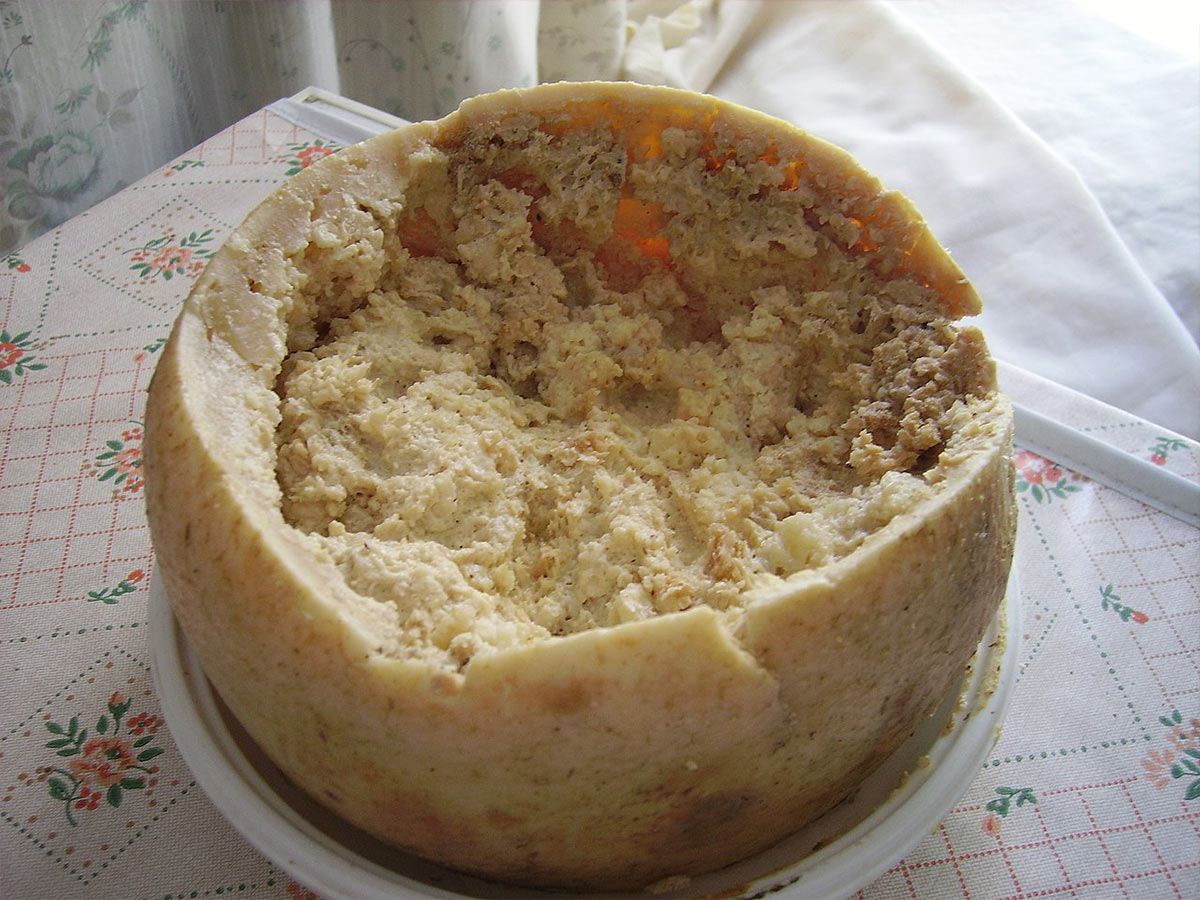
Casu Marzu sounds so disgusting that it's a shock it needs to be banned in the first place—who is trying to eat it anyways? This very...unusual cheese is actually just a wheel of Pecorino. Unfortunately, it's been infested with fly larvae that will eventually turn into maggots.
According to fans of the controversial food, the maggots help to ferment the cheese and give it its distinct flavor. But good luck trying to get your hands on it—while it's been a traditional staple in Sardinia, both the United States and the European Union have banned its import for obvious reasons.
Ackee Fruit
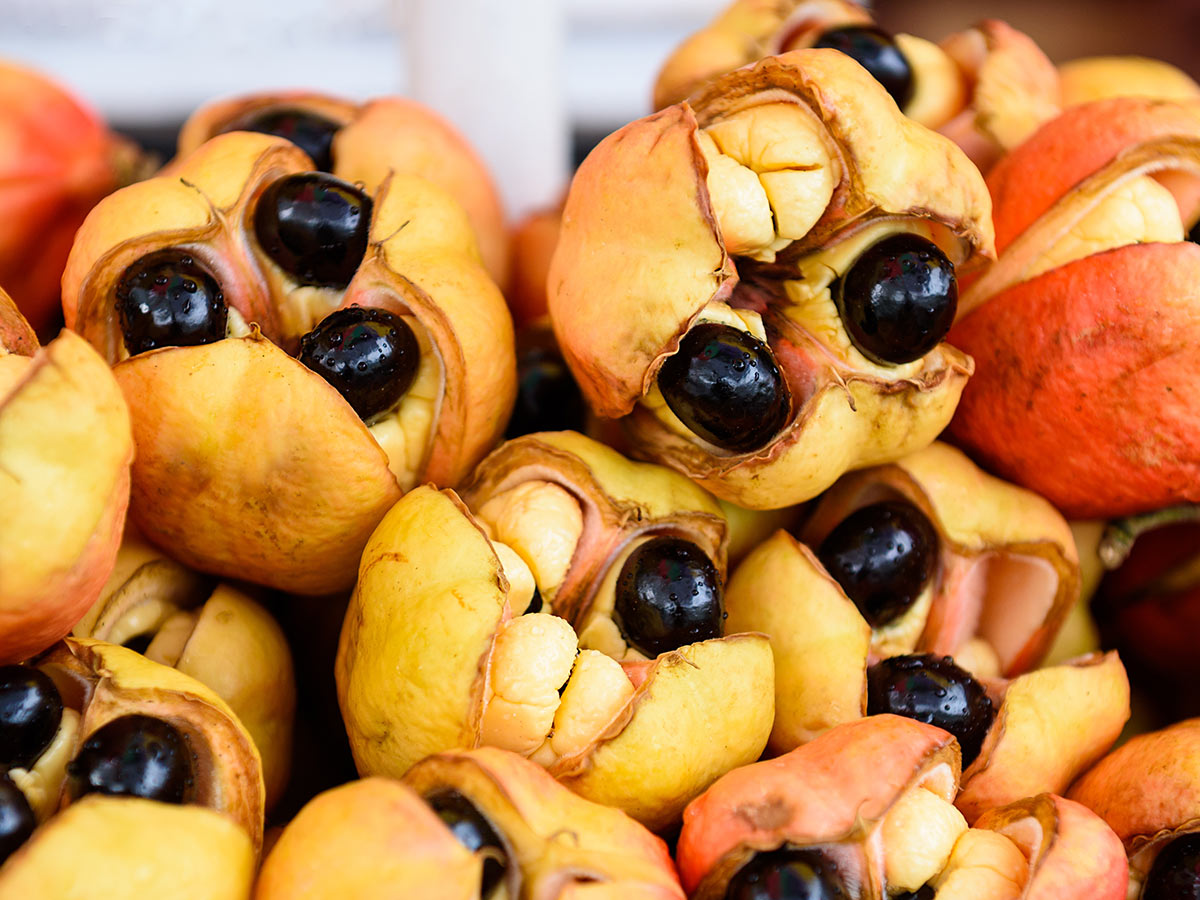
There are lots of interesting-looking fruits across the globe, but none look quite as unusual as the ackee fruit. As the national fruit of Jamaica, it's wildly popular on the island, but it's not quite as popular in the United States, and that's because its been strictly regulated for decades.
Since 1973, raw ackee fruit has been banned by the FDA because of its high levels of hypoglycin A, which can interfere with the healthy release of glucose into the blood. If left untreated this condition can lead to vomiting, dehydration, and death. However, canned ackee is still available in the states because they contain less of the toxin.
Beluga Caviar
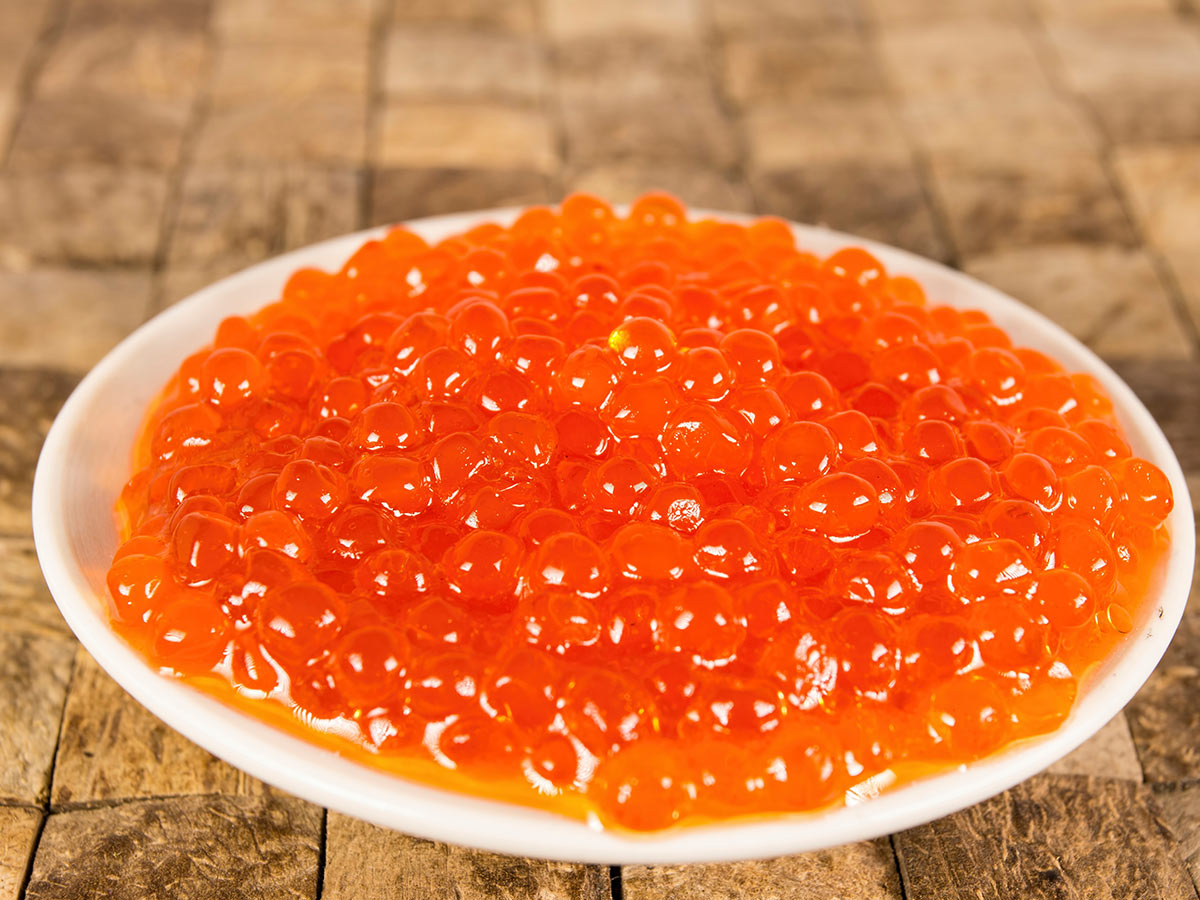
Back in the day, beluga caviar was a high-priced luxury item, with even a small amount likely to cost you hundreds of dollars or more. However, the importation of this caviar has been banned by the US Fish and Wildlife service since 2005—along with other products that come from the fish.
Beluga caviar comes from the beluga sturgeon, which is now considered an endangered species. Officials hoped that the ban would help to conserve the fish population, but whether or not it's actually had an impact on this species remains to be seen.
Absinthe
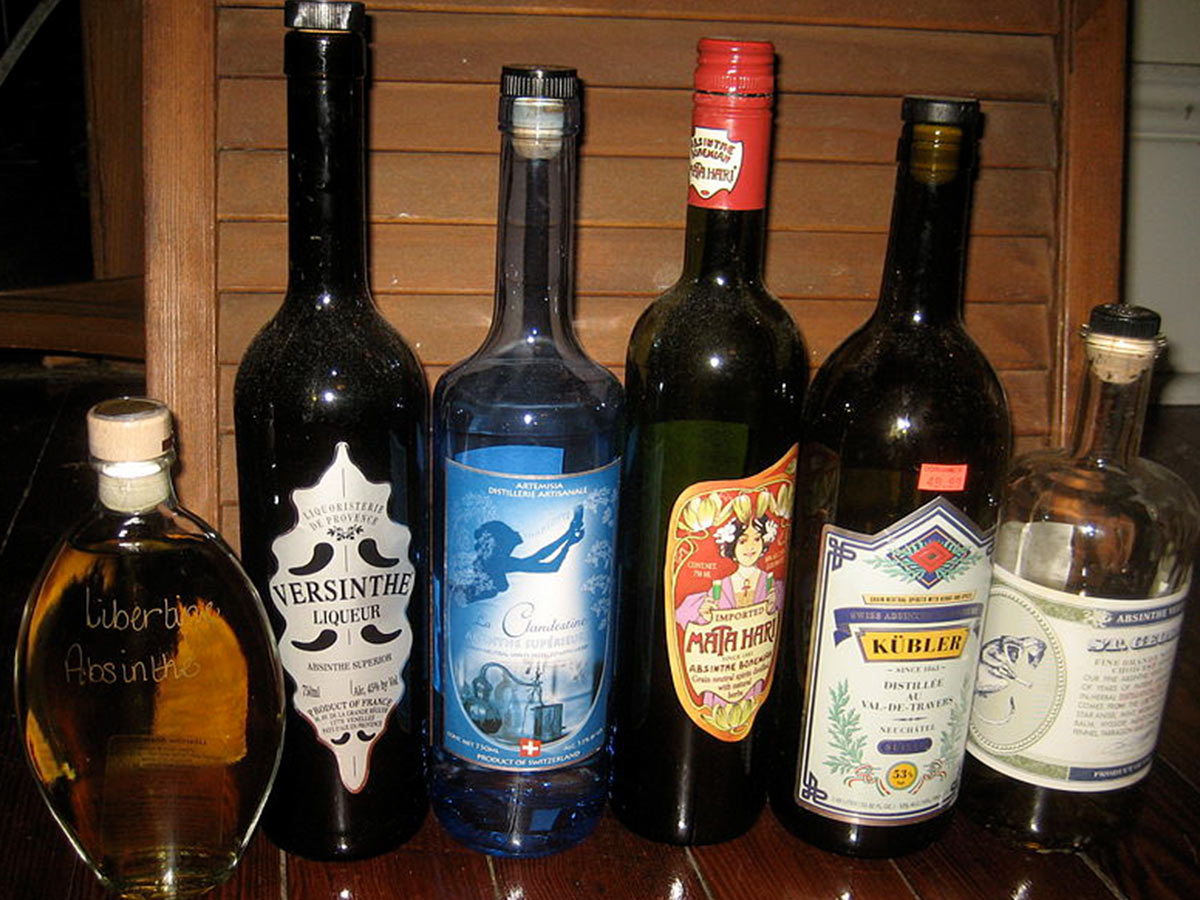
The traditional alcoholic drink absinthe has a hazy status in the United States. Some brands are legal to be crafted and imported into the country, but there are regulations about how it must be done. The big issue is the presence of thujone in absinthe, which allegedly has hallucinogenic properties.
Modern studies have called into question whether absinthe is actually hallucinogenic, but there are still regulations in place to make sure that thujone concentrations are low. for bottles in the United States. Additionally, absinthe bottles cannot depict any sort of reference to "hallucinogenic or mind-altering effects."
Haggis
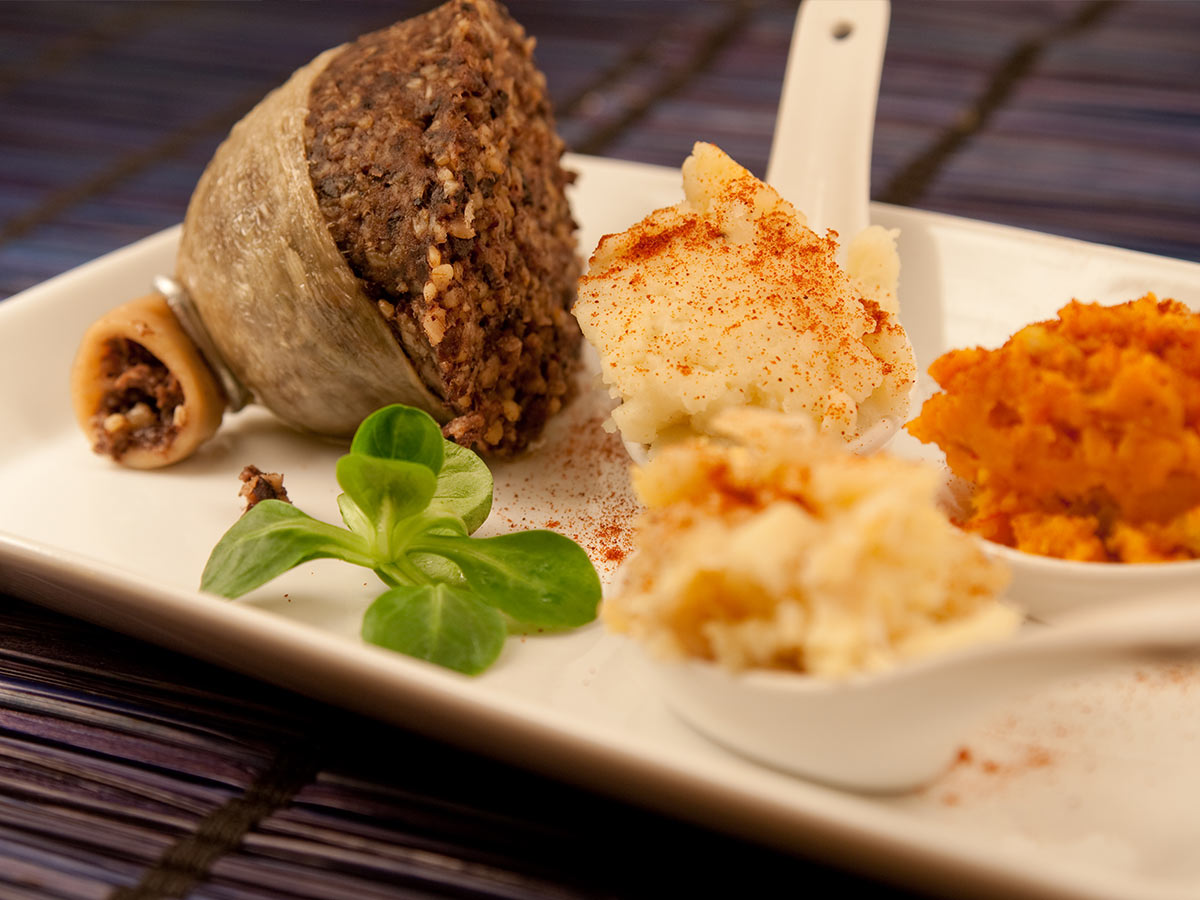
Haggis is a classic staple of Scottish cuisine, but much of the rest of the world doesn't have the stomach for it. The traditional dish is made using the heart, lungs, and liver of a sheep mixed with other ingredients and spices. However, don't expect to find it in the United States!
For more than four decades, the USDA has banned the import or use of sheep's lungs due to the risks of a degenerative disease that had sprung up in the sheep population. That being said, you can find some lung-free varieties of haggis in the United States, but it's going to be a challenging find due to the lack of popularity around the dish.
Kangaroo Meat
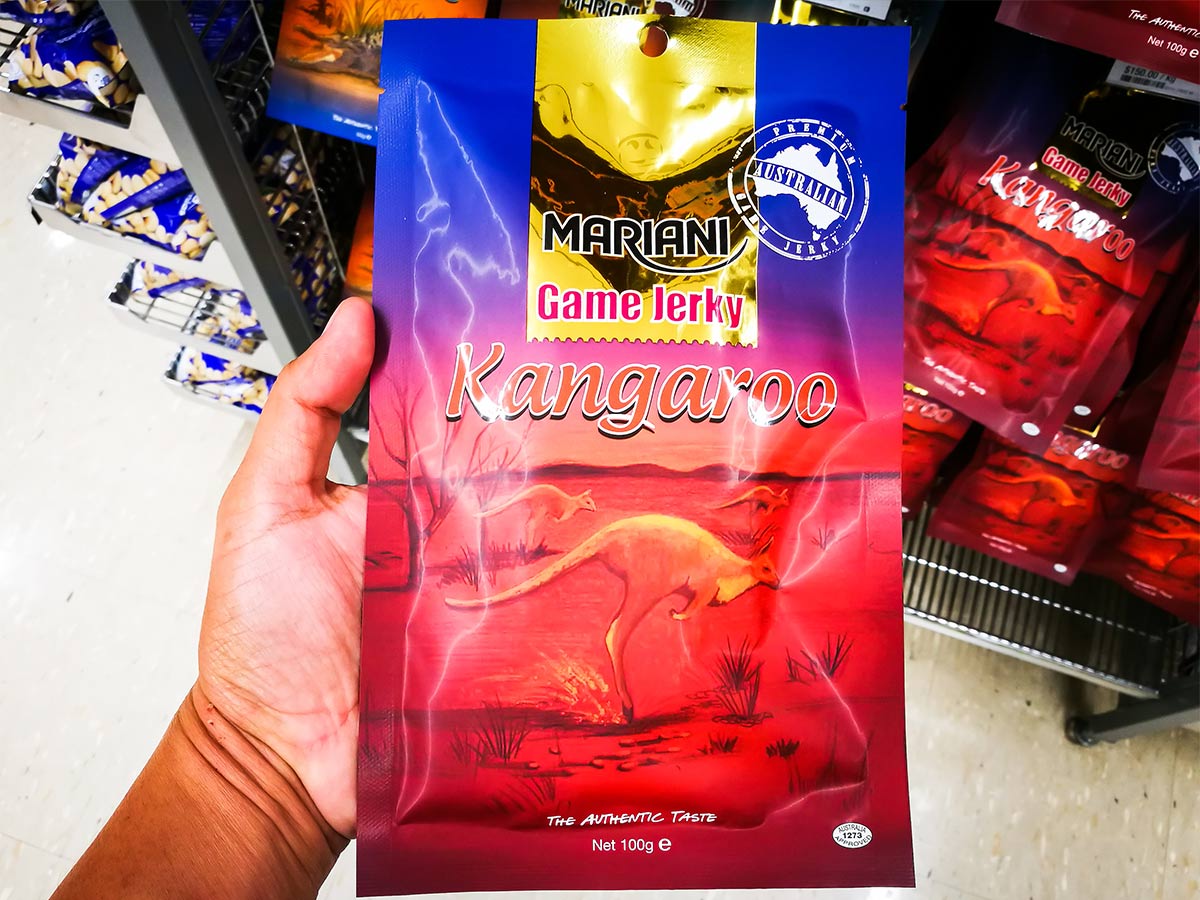
You can actually find kangaroo meat for sale in many places in the United States, but there's one large state where there's none to be found—California. The state has officially banned the import of kangaroo meat, as well as other products from kangaroos in the name of animal welfare.
Supporters of the ban say that it's important to preserve such an "iconic species", but most of the world disagrees. Kangaroo meat is eaten around the world. Obviously, Australia is the epicenter for this practice, but it's also a popular meat in certain European countries too.
Kinder Surprise Egg

The Kinder Surprise Egg was a candy treat invented in Italy in the 1960s. It consists of a simple chocolate egg with some sort of small toy or trinket contained within. They're a major hit with kids, but American kids these days have never had the joy of trying the real-deal chocolatey choking hazard.
In 1938, Congress passed the Federal Food, Drug, and Cosmetics Act, which, among other things, banned candy products that contained any sort of non-food objects. While this ban on importing Kinder eggs continues to this day, the companies that produce them sell a variant in the United States where the toy and chocolate eggs are separated.
Mirabelle Plums
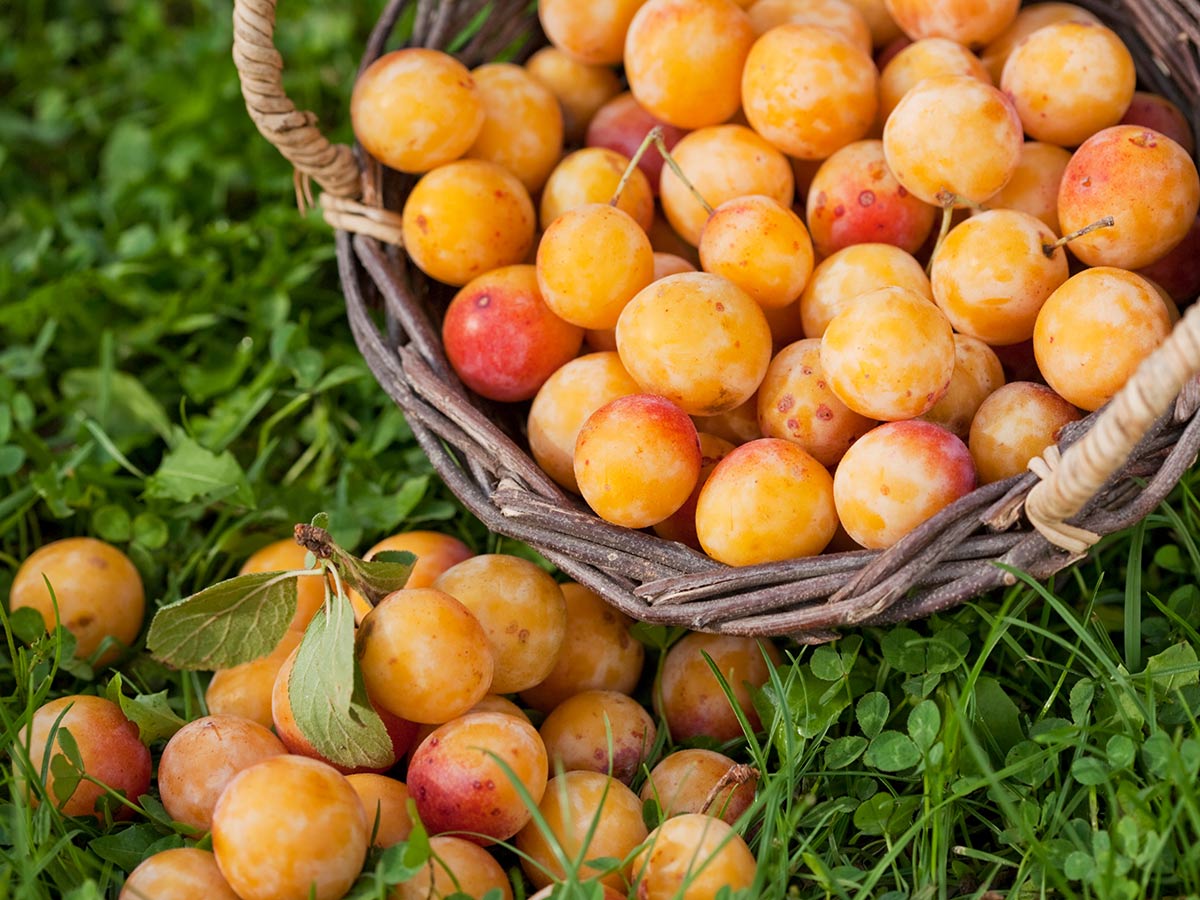
This one is a real head-scratcher. The mirabelle plum is a fruit originating in the Lorraine region of France. However, they're popular and grown all across Europe as well. Additionally, it's perfectly fine for Americans to plant and eat their own mirabelle plums here in the States.
However, do you want to import the real-deal plums all the way from France? Well, unfortunately, you're out of luck! Importation of these plums from France has been banned, and it doesn't seem like anyone is entirely sure why that is beyond vague reasons like "difficulty importing high-quality products."
Ortolan

France is the absolute champ of inventing dishes that would send PETA into fits, and the ortolan is no exception. Traditionally, this tiny bird, which is native to most of Europe, is caught and housed in a dark box. During its captivity, the ortolan is fed grain until it doubles in size.
It's then drowned in brandy and roasted. After being plucked, the bird is eaten whole, feet first. This is one dish that's not just banned in the United States either—both France and the EU both have laws prohibiting the hunting of sale of these birds.
Pigs' Blood Cake
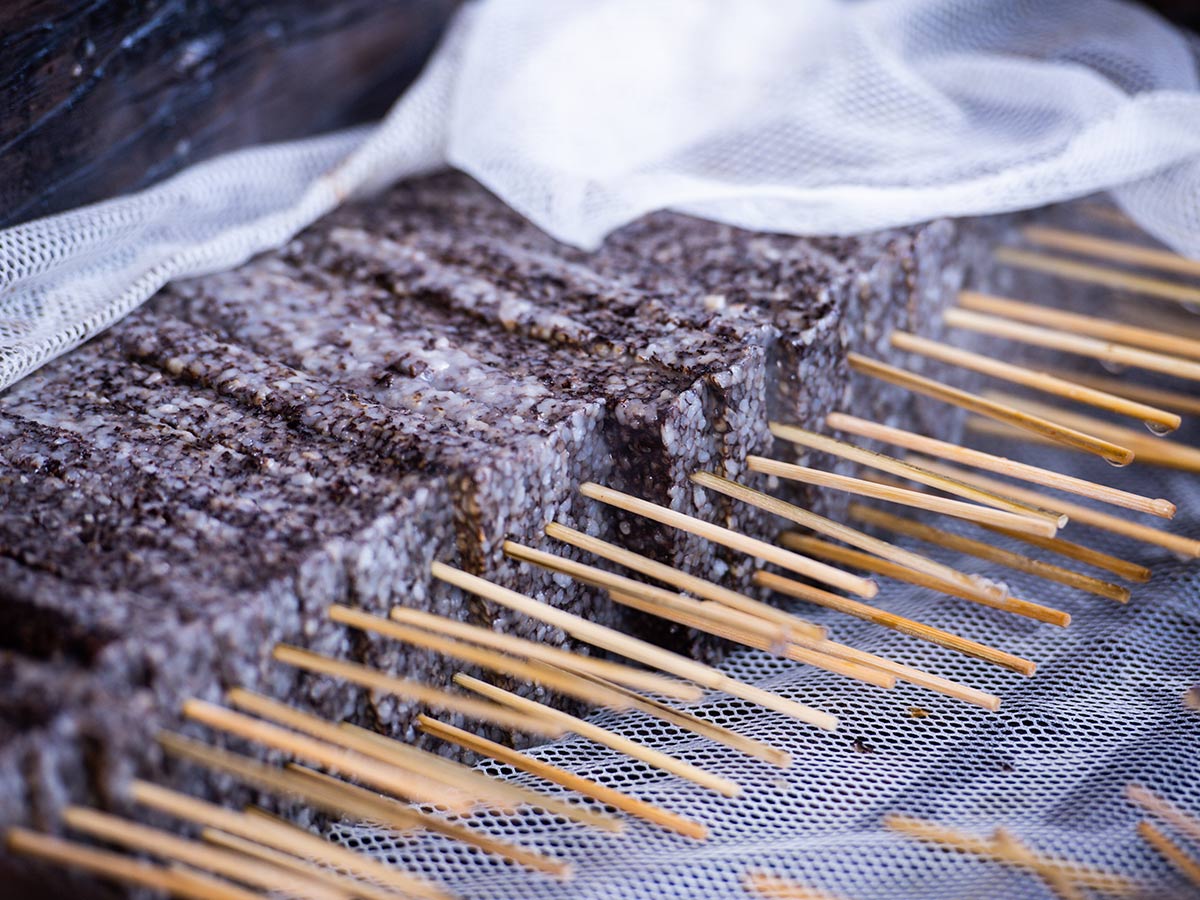
The tradition of preparing and eating blood is one that's found across the globe, but definitely not in the United States! So, it's really no surprise that the import of ti hoeh koe—a traditional Taiwanese dish of blood pudding served on a stick—is banned here in America.
The dish involves steaming pig blood and combining it with rice, peanut powder, and other spices. Despite being a common street food in the country, don't expect to find it here. It's been banned in the United States over concerns about the hygiene of preparing the dish.
Indian Rice

Rice is the third-biggest crop grown in the United States, right behind corn and wheat. However, we're also a major importer of all sorts of delicious and interesting rice varieties from all around the world. Well, all around the world, except India, that is. Importation from there is strictly banned.
And what makes Indian rice so much more dangerous than varieties from other countries? It mostly has to do with a native bug species found in India, the khapra beetle. This humble bug is considered one of the worst invasive species on the planet and has been known to wreck grain and seed storehouses. So, the US government is very vigilant about making sure this beetle doesn't cross our borders.
Sea Turtles

When you think of animals that people eat, a sea turtle is not the first thing that pops into your head. That being said, turtle meat is a common source of protein across the globe, including in our neighbor to the south, Mexico. However, don't expect to get your hands on any (legal) sea turtle dishes here in the states.
The importation of sea turtles or products involving them (whether food or something else) is strictly banned here in the United States, thanks to the turtles' status as an endangered species. Even though they may be illegal, its estimated that 35,000 sea turtles are eaten each year in California alone.
West Indian Locust
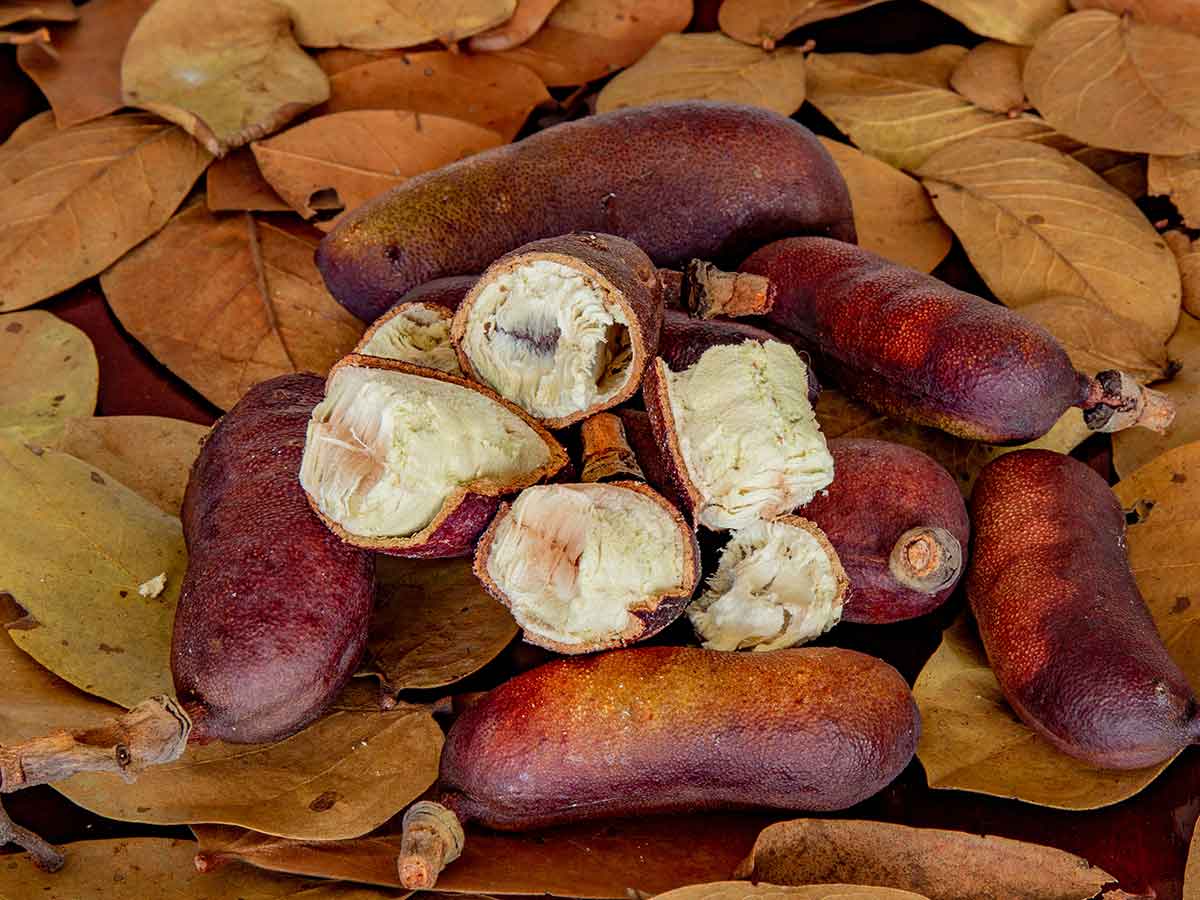
Despite its name, the West Indian Locust is not a bug at all—it's a tree that is native to South America, Central America, and the Caribbean. It's a hardwood tree that's frequently used for furniture and other goods, but it also produces fruit...but we would recommend staying far away from it!
The fruit of the West Indian Locust tree is sometimes humorously referred to as "stinky toe fruit" because of the strong and unpleasant odor that the fruit gives off. While not outright banned in the United States, you're going to have a hard time getting it through customs thanks to its highly pungent smell.
Canadian Tomatoes
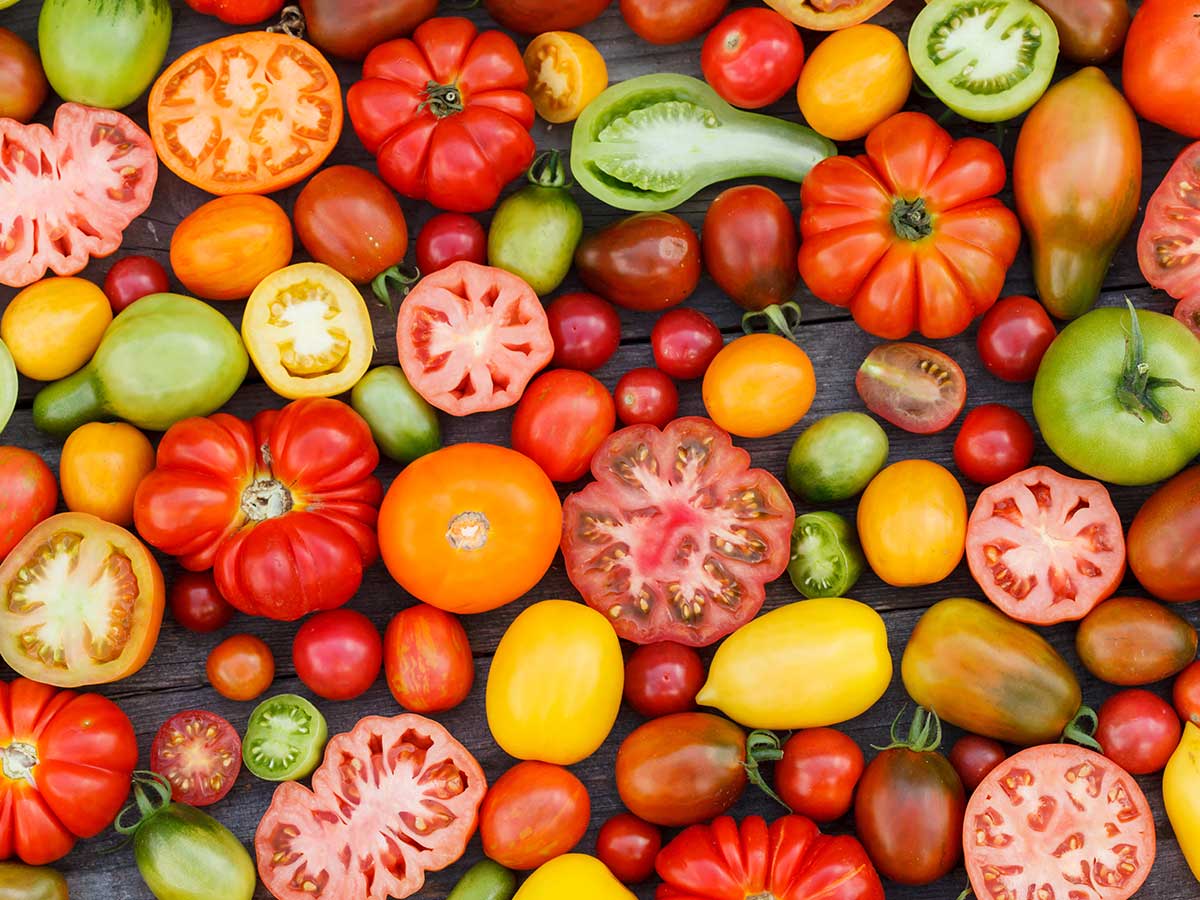
This is a strange one at first glance, but the logic behind this ban seems to make more sense once you get all the facts. The United States prevents travelers from bringing tomatoes back from Canada. That raises an important first question—who is going to Canada to buy tomatoes?
However, the logic behind this prohibition actually makes some sense. Canada imports tomatoes from countries known to harbor invasive species that can decimate crops. So, it's not so much that we don't want tomatoes from Canada as it is we don't want tomatoes from all the countries that Canada imports them from.
Sassafras Oil

The sassafras tree is a native species to North America, but some of its by-products are strictly regulated by the United States government. Namely, the rules are very strict as to how and when you can import the oil collected from sassafras leaves, a lot of which actually comes from Brazil.
Sassafras leaf oil contains a compound known as safrole, which is thought to be a carcinogen. However, there isn't a blanket ban on sassafras oil in the United States—it's allowed to be imported and sold as long as the safrole has been removed from the product entirely.
Mont d'Or
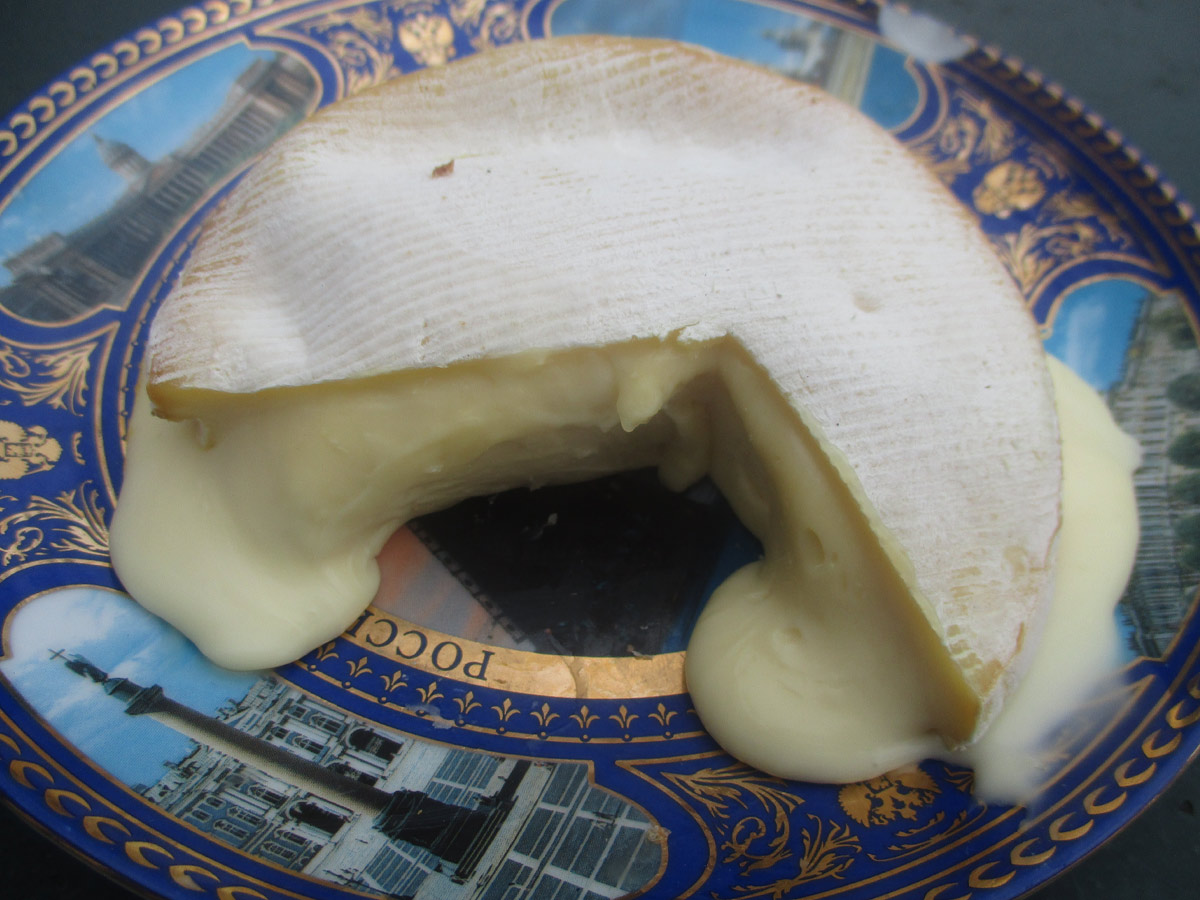
Mont d'Or is one of the best and finest cheeses from France. However, its preparation conflicts with America's food safety standards, given that it's made from raw, unpasteurized milk. Nevertheless, for true cheese lovers and rebels, Mont d'Or is easily one of the most desirable imported cheeses on the black market.
That being said, by French AOC certification law, the cheese must be made from unpasteurized milk, which means we can't even imitate it. Your best legal means of trying it requires taking a trip to Europe and indulging - at your own risk. We hear the forbidding nature of it makes it taste even better.
 Author
Jennifer Freehill
Last Updated: December 08, 2025
Author
Jennifer Freehill
Last Updated: December 08, 2025